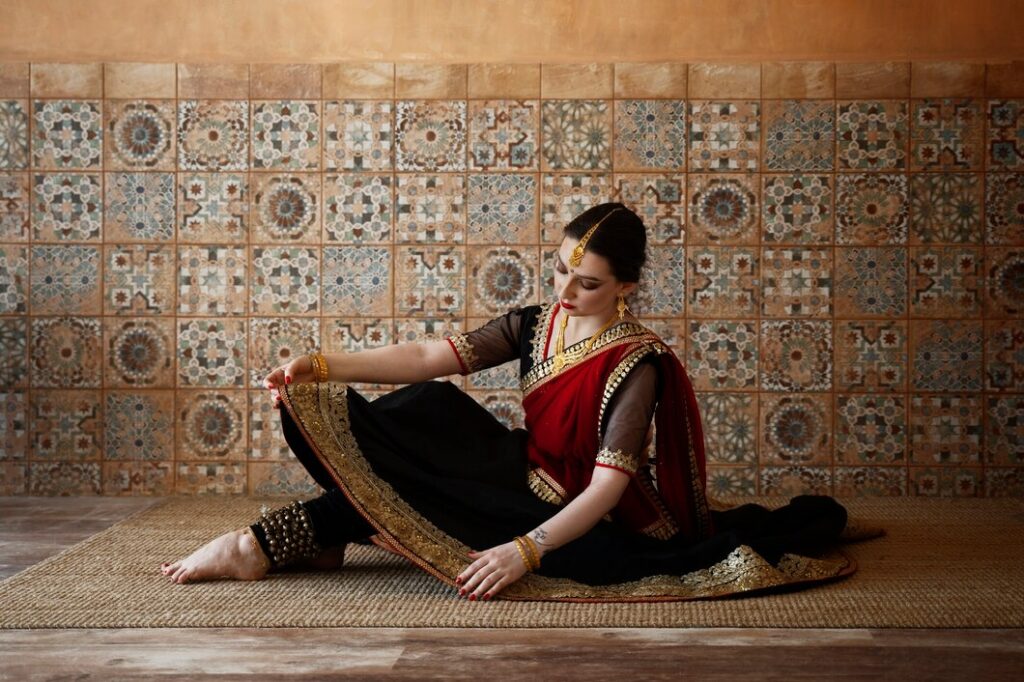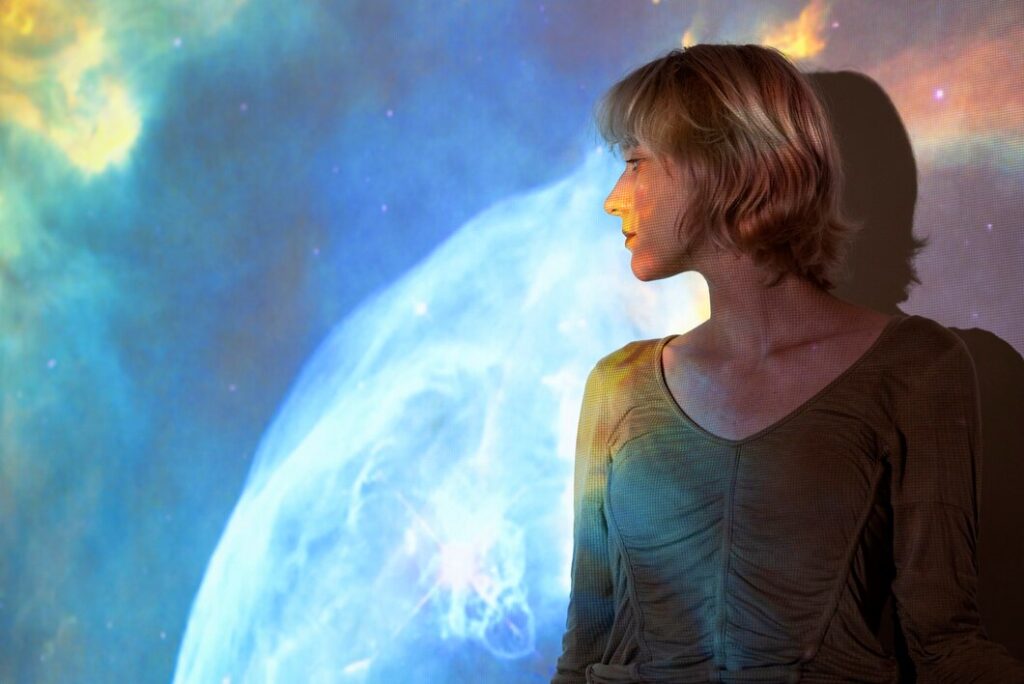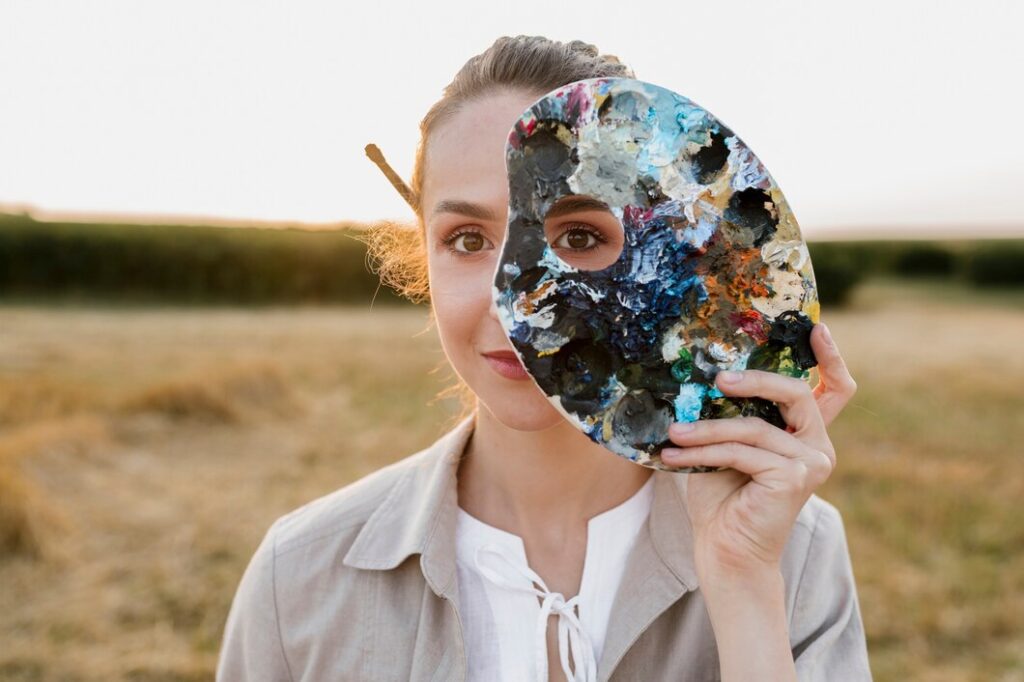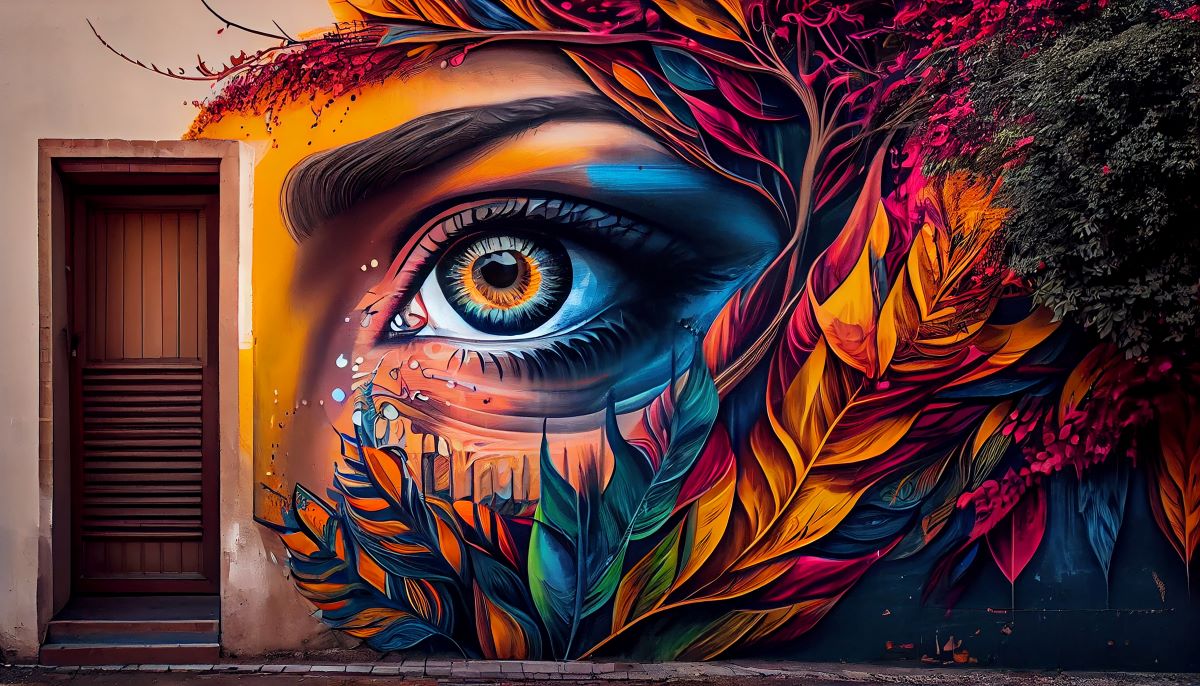There is Unveiling the Boundless Wellsprings of Art Design by A Journey Through the Muses
Art, in its myriad forms, has been a timeless expression of human creativity and ingenuity. From the captivating strokes of a painter’s brush to the harmonious melodies of a musician’s composition, art permeates every aspect of our lives, enriching our experiences and connecting us to the world around us. Yet, amidst the vast expanse of creativity, one question often lingers in the minds of artists: where does inspiration originate?
In this exploration, we embark on a journey to unravel the enigma of artistic inspiration, uncovering the diverse sources that ignite the flames of creativity.
The Natural World: A Tapestry of Inspiration for Art Design

Nature, with its unparalleled beauty and complexity, has long served as a wellspring of inspiration for artists across the ages. From the majestic landscapes immortalized on canvas to the intricate patterns found in flora and fauna, the natural world offers an endless array of motifs waiting to be captured and interpreted through the artist’s lens. The play of light and shadow, the vibrant hues of a sunset, the delicate symmetry of a flower – each element of nature holds the potential to inspire awe and ignite the creative spark within.
Take, for instance, the works of renowned landscape painters like Claude Monet and Vincent van Gogh, who drew inspiration from the serene beauty of nature to create masterpieces that continue to captivate audiences to this day. Monet’s iconic Water Lilies series, inspired by his beloved garden in Giverny, France, transports viewers to a realm of tranquility and introspection, inviting them to immerse themselves in the ephemeral beauty of the natural world.
Similarly, van Gogh’s celebrated Starry Night captures the ethereal splendor of the night sky, infused with the artist’s profound emotional depth and tumultuous inner turmoil. Through his bold brushwork and expressive use of color, van Gogh transcends mere representation, offering viewers a glimpse into the ineffable mysteries of the universe.
Beyond the realm of traditional mediums, contemporary artists continue to draw inspiration from nature in innovative ways, harnessing modern technology and interdisciplinary approaches to create immersive experiences that blur the boundaries between art and the environment. From interactive installations that respond to environmental stimuli to digital simulations that recreate the sensory richness of natural ecosystems, these works invite audiences to reexamine their relationship with the natural world and contemplate the profound interconnectedness of all living beings.
Cultural Heritage: An Endless Tapestry of Stories

In addition to the wonders of nature, the rich tapestry of human culture and heritage serves as a boundless reservoir of inspiration for artists seeking to explore themes of identity, tradition, and belonging. Whether drawing from the ancient myths and legends of their ancestors or engaging with contemporary social issues, artists have the power to amplify marginalized voices, challenge dominant narratives, and foster dialogue across diverse communities.
Throughout history, art has served as a vehicle for cultural expression and resistance, enabling individuals and communities to assert their agency and reclaim their stories in the face of oppression and erasure. From the vibrant murals adorning city walls to the stirring poetry inscribed in the pages of literary journals, these acts of creative defiance bear witness to the resilience of the human spirit and the transformative power of art.
Consider, for example, the groundbreaking work of Mexican muralist Diego Rivera, whose monumental frescoes celebrate the indigenous heritage and revolutionary fervor of his homeland. Through his vivid depictions of historical events and everyday life, Rivera sought to democratize art and make it accessible to the masses, using public spaces as a platform for social commentary and political activism.
Similarly, the Harlem Renaissance of the 1920s and 1930s saw a flourishing of African American creativity in literature, music, and visual arts, as writers, musicians, and visual artists converged in the vibrant cultural hub of Harlem, New York. Figures such as Langston Hughes, Duke Ellington, and Jacob Lawrence challenged prevailing stereotypes and reshaped the cultural landscape of America, paving the way for future generations of artists to explore themes of race, identity, and social justice.
Today, artists continue to draw inspiration from the rich tapestry of human experience, engaging with issues such as immigration, globalization, and environmental sustainability through a diverse range of artistic practices and mediums. From multimedia installations that explore the intersections of culture and technology to community-based projects that empower marginalized communities to tell their own stories, these works reflect the complexity and diversity of the contemporary world, inviting audiences to confront uncomfortable truths and imagine new possibilities for social change.
The Inner Landscape: Exploring the Depths of the Human Psyche

In addition to external sources of inspiration, artists often find fertile ground for creativity within the recesses of their own minds, drawing upon personal experiences, emotions, and introspection to give shape to their artistic visions. The inner landscape of the human psyche, with its labyrinthine depths and hidden recesses, offers endless opportunities for exploration and discovery, providing artists with a rich tapestry of themes and motifs to explore.
From the surreal dreamscapes of Salvador Dalí to the introspective self-portraits of Frida Kahlo, artists have long been drawn to the inner workings of the human mind, using art as a means of self-expression and self-exploration. Through their work, these artists invite viewers to embark on a journey of introspection and introspection, inviting them to confront their own fears, desires, and insecurities in the process.
For example, the iconic paintings of Edvard Munch, such as The Scream and Madonna, explore themes of anxiety, alienation, and existential angst, capturing the emotional intensity of the modern human experience. With their haunting imagery and bold symbolism, Munch’s works transcend the confines of individual experience, speaking to universal themes of suffering and redemption that resonate with viewers across time and space.
Similarly, the abstract expressionist movement of the mid-20th century saw artists such as Jackson Pollock and Willem de Kooning embrace spontaneity and intuition as a means of accessing the subconscious mind and unleashing the creative potential within. Through their gestural brushwork and experimental techniques, these artists sought to bypass the rational mind and tap into the raw energy of the unconscious, giving form to the ineffable mysteries of the human condition.
Embracing the Infinite Possibilities of Artistic Inspiration

In conclusion, the quest for artistic inspiration is a journey without end, a perpetual odyssey through the vast expanse of human experience and imagination. Whether drawing from the natural world, cultural heritage, or the inner landscape of the human psyche, artists have the power to transform the ordinary into the extraordinary, to illuminate the hidden corners of existence and provoke thought, emotion, and wonder in equal measure.
As we navigate the complexities of the contemporary world, let us remain open to the myriad sources of inspiration that surround us, embracing the infinite possibilities of artistic expression and creativity. For in the act of creation, we find not only solace and meaning but also a profound connection to ourselves, to each other, and to the world we inhabit. So let us continue to explore, to experiment, and to imagine, for the journey of artistic inspiration is a voyage of endless discovery, limited only by the boundaries of our own imagination.



